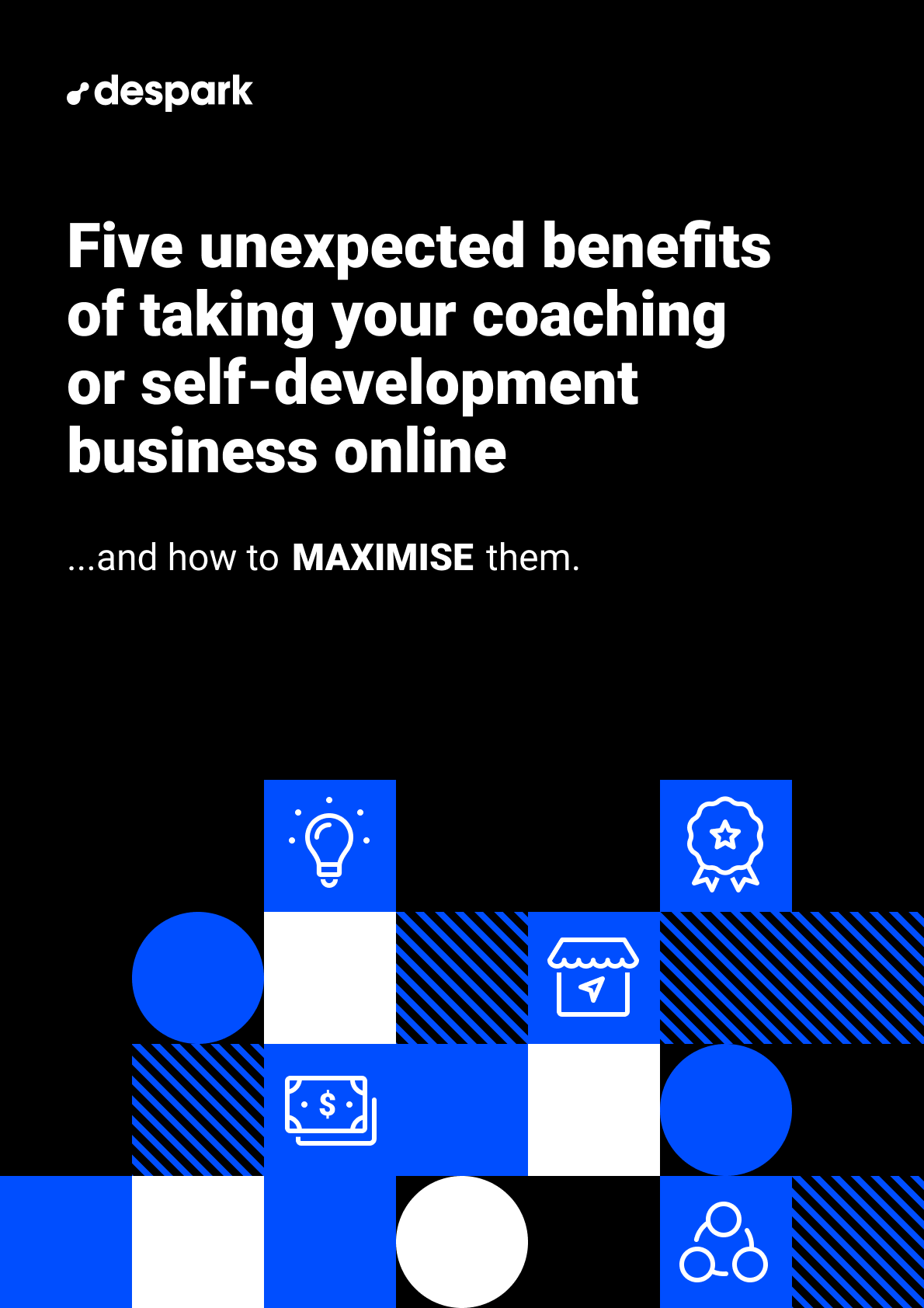If you're a coaching or consulting organisation, you probably created your business because you’re passionate about helping people live up to their potential and become the best version of themselves.
There’s a good chance you started out as a practitioner and you may still work directly with clients but, as your business has grown, you’ve probably found that you’re increasingly pulled in other directions and have less time to do what you love.
Growing businesses can also suffer from admin-heavy processes – systems that were originally designed (and perfectly suited) to a small practice, but which are inefficient at scale. Well-designed online platforms can reduce these inefficiencies, help you reconnect with your practice and ensure that you provide your clients with the best service possible.
A case in point : Ampersand
Ampersand’s digital solutions are designed to address the mismatch between linear care and the unpredictability of diseases like Crohn’s, Colitis and Rheumatoid Arthritis. Patients from hospitals that subscribe to their apps are monitored remotely by a clinical team so that they only come into hospital when they are poorly or have a concern, rather than wasting resources on routine appointments. In addition, patients are supported by a range of digitally delivered behavioural programmes that focus on the “lifestyle levers of wellness,” helping them improve medicine adherence, manage stress better and generally improve their quality of life and mental health.
Ampersand’s products help hospitals get the maximum benefit from a defined capacity and ensure that patients get the best healthcare when they need it – they’re fantastic examples of how digital tools can increase efficiency while also improving the service offered. 
Maximise it: Identify your bottlenecks
Are there things that you do in a particular way just because they have ‘always been done like that?’
Developing a digital platform is an opportunity to challenge your old ways of thinking and consider what impact a different approach might have. You can start by writing each step that a typical customer might take to access your services onto a separate sticky note.
Then, use these sticky note steps to build a customer journey map, and try to identify which steps can be cut out to make it easier for your customers to reach their goal. This exercise helps you visualise your customer experience and to start to identify the barriers and bottlenecks that make your business less efficient.
__
Remember, if you want your own free copy of our guide on how you can maximise your journey to your online coaching, training or self-development platform, you can download it here. Want to chat to an expert about YOUR digital strategy? Get in touch today.